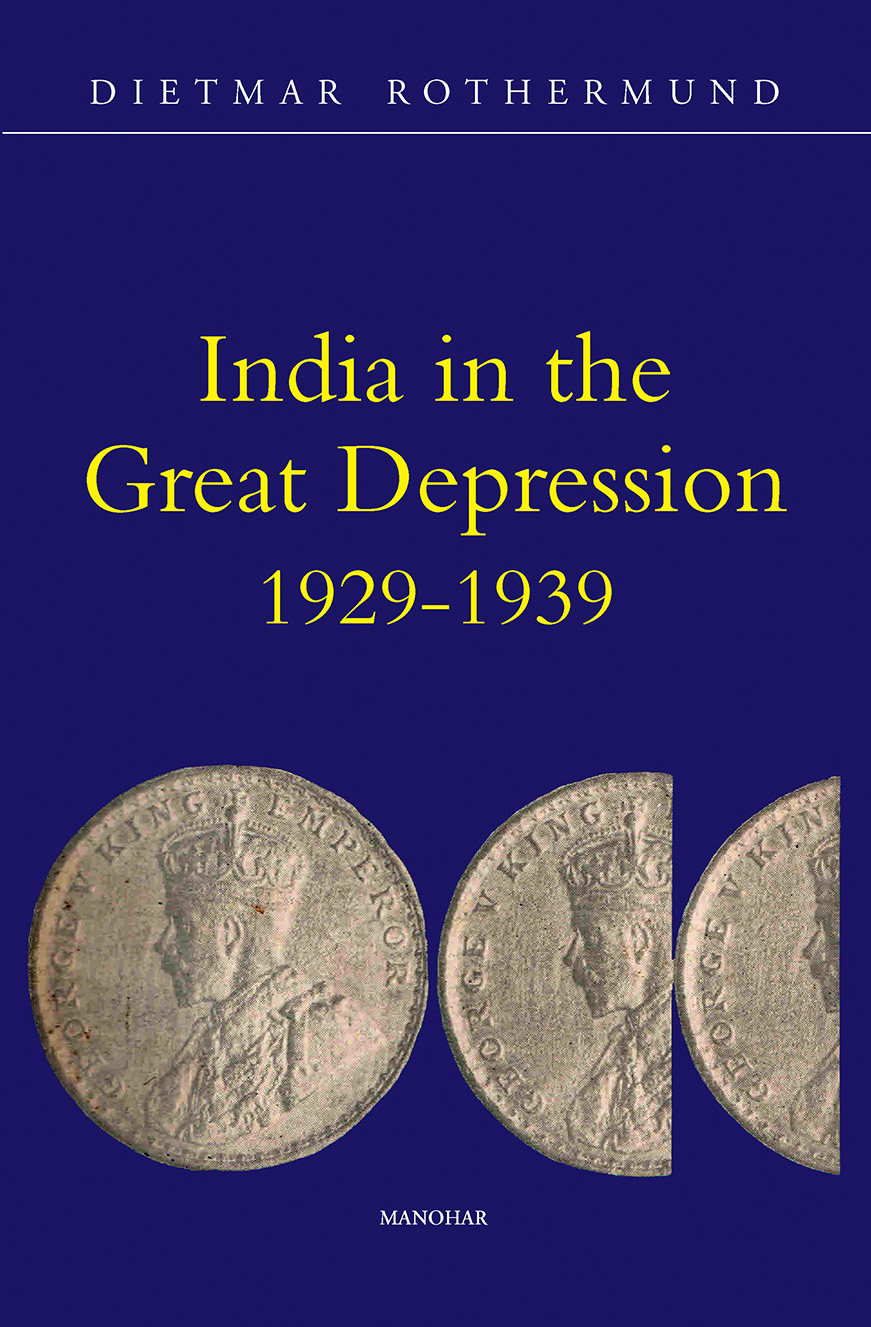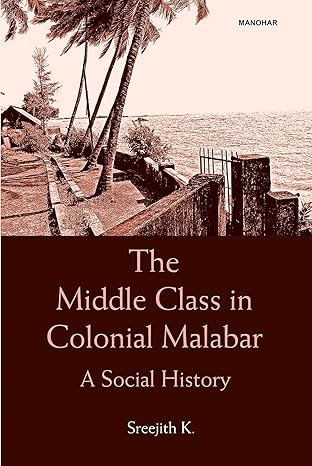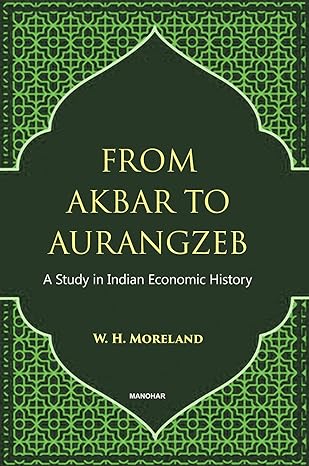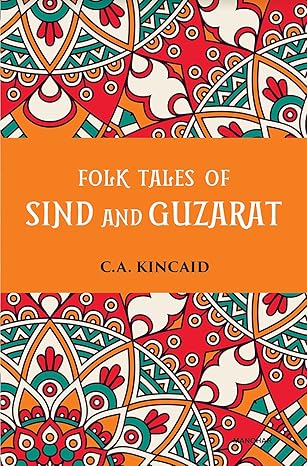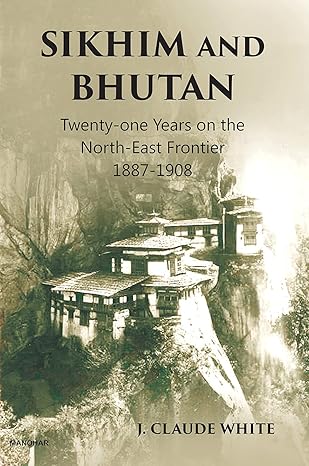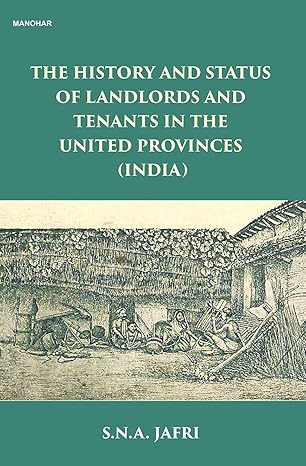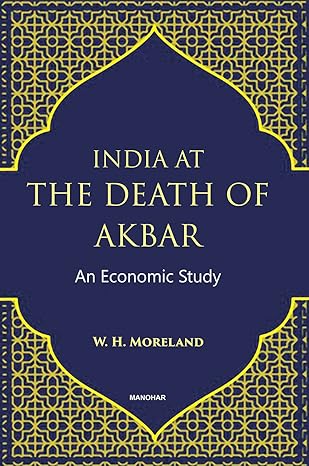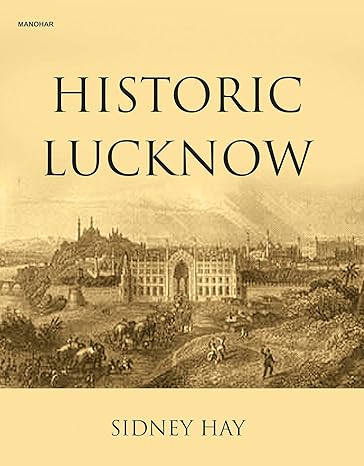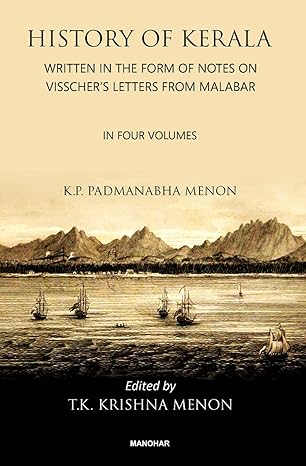History
Featured Products
Dilemma of Development: Among the Onge of Andaman
₹1,286.50
M.R.P.:₹ 1,550.00
You Save: ₹263.50 (17.00% OFF)
The Middle Class in Colonial Malabar: A Social History
₹882.00
M.R.P.:₹ 1,050.00
You Save: ₹168.00 (16.00% OFF)
From Akbar to Aurangzeb: A Study in Indian Economic History
₹1,181.05
M.R.P.:₹ 1,495.00
You Save: ₹313.95 (21.00% OFF)
Sikhim and Bhutan: Twenty-one Years on the North-East Frontier 1887-1908
₹1,155.75
M.R.P.:₹ 1,675.00
You Save: ₹519.25 (31.00% OFF)
The History and Status of Londlords and Tenants in the United Provinces (India)
₹1,312.50
M.R.P.:₹ 1,750.00
You Save: ₹437.50 (25.00% OFF)
India at the Death of Akbar: An Economic Study
₹932.40
M.R.P.:₹ 1,295.00
You Save: ₹362.60 (28.00% OFF)
History of Kerala: Written in the Form of Notes on Visscher's Letters From Malabar (4 Vols. Set)
₹6,926.15
M.R.P.:₹ 8,995.00
You Save: ₹2,068.85 (23.00% OFF)



